Abstract
Comparisons were made in groups of schoolchildren in New Delhi of the rotary lancet and bifurcated needle techniques for primary vaccination and revaccination against smallpox. Vaccines of 3 different titres were employed in the tests. The results indicate that the bifurcated needle technique is superior to the rotary lancet technique for both primary vaccination and revaccination, the percentage of major reactions in revaccinations in which the bifurcated needle technique was used being significantly higher, irrespective of the vaccine dilution. However, the proportion of major reactions decreased gradually in both techniques with the greater dilution of the vaccine.
It was shown that when a fully potent vaccine is used there is no advantage in making 2 insertions by the bifurcated needle technique but that when the rotary lancet technique is employed and when the vaccine is not fully potent there is a significant improvement in the successful take rate when 2 insertions are given. In areas where storage facilities for vaccines in the field are not ideal and the full potency of vaccines is doubtful, the use of the bifurcated needle technique with 2 insertions seems to be the method of choice.
Full text
PDF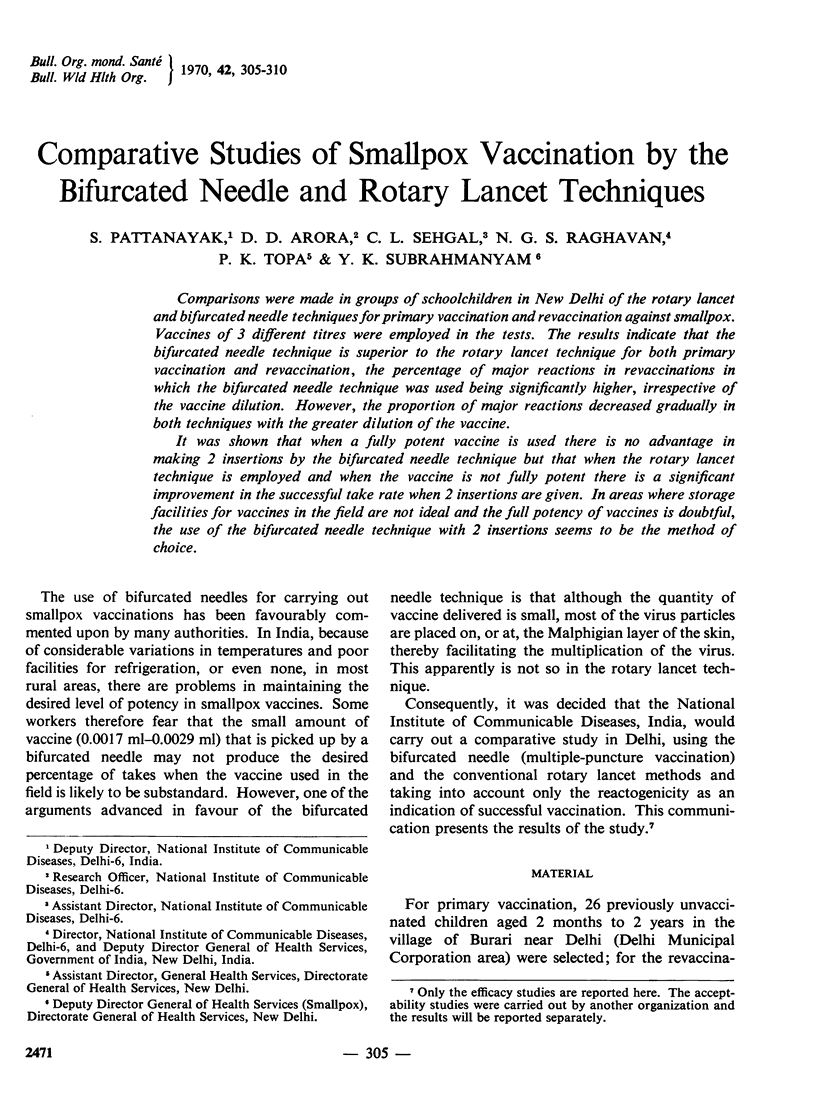
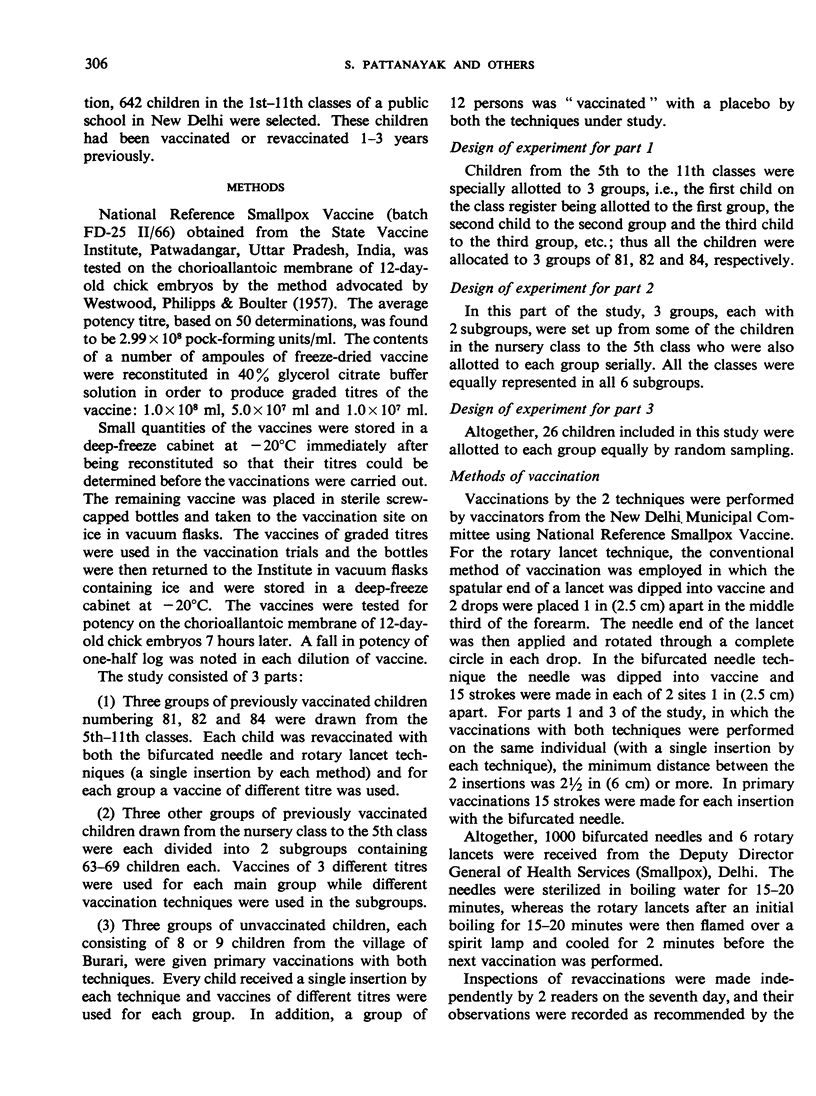
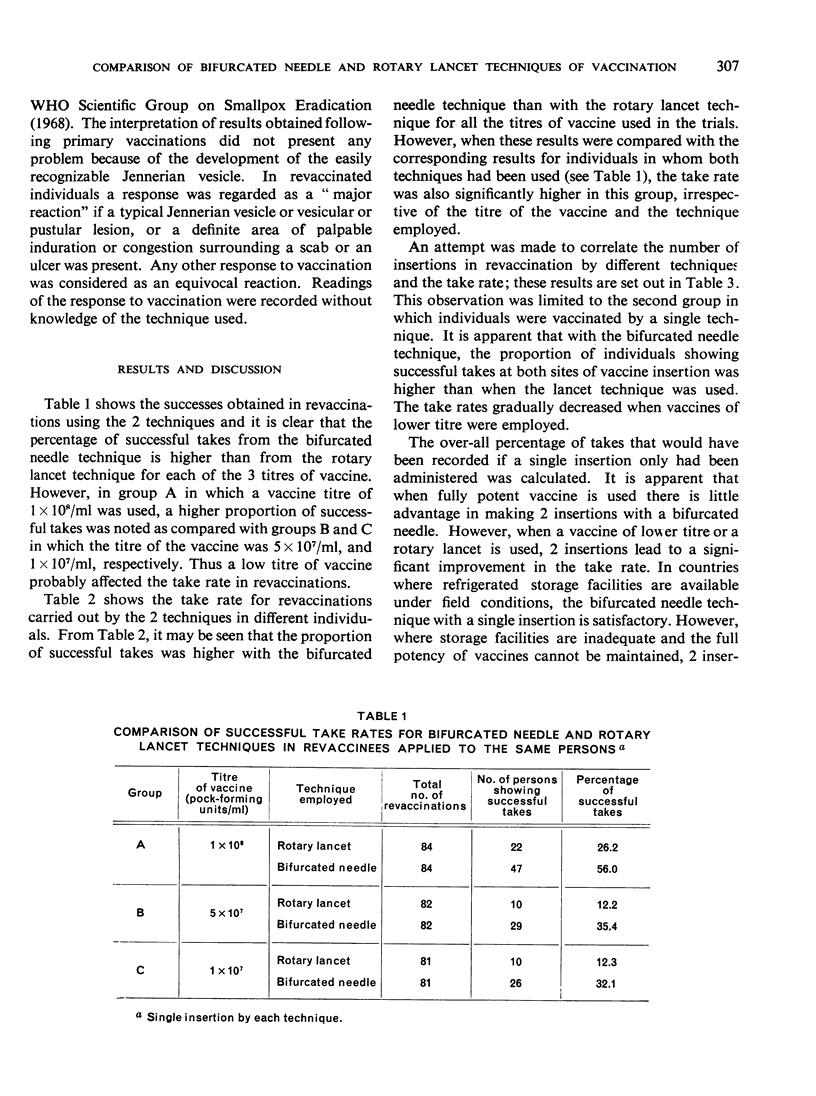
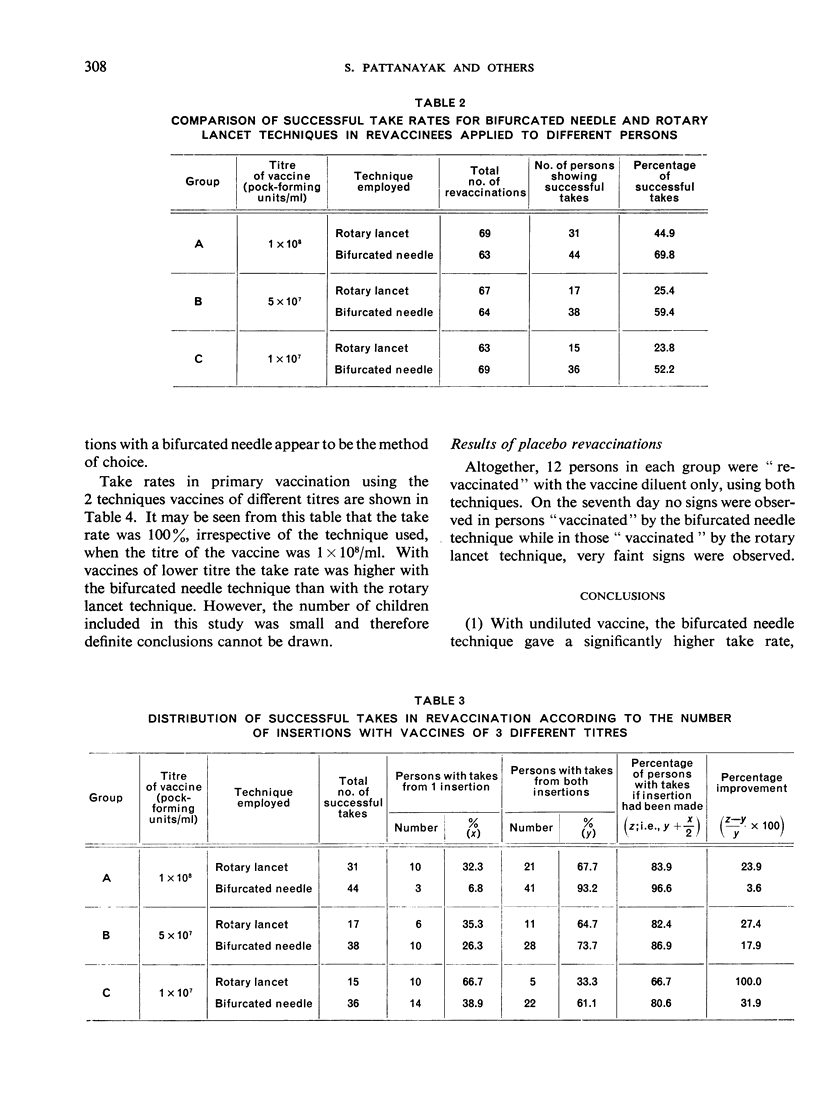
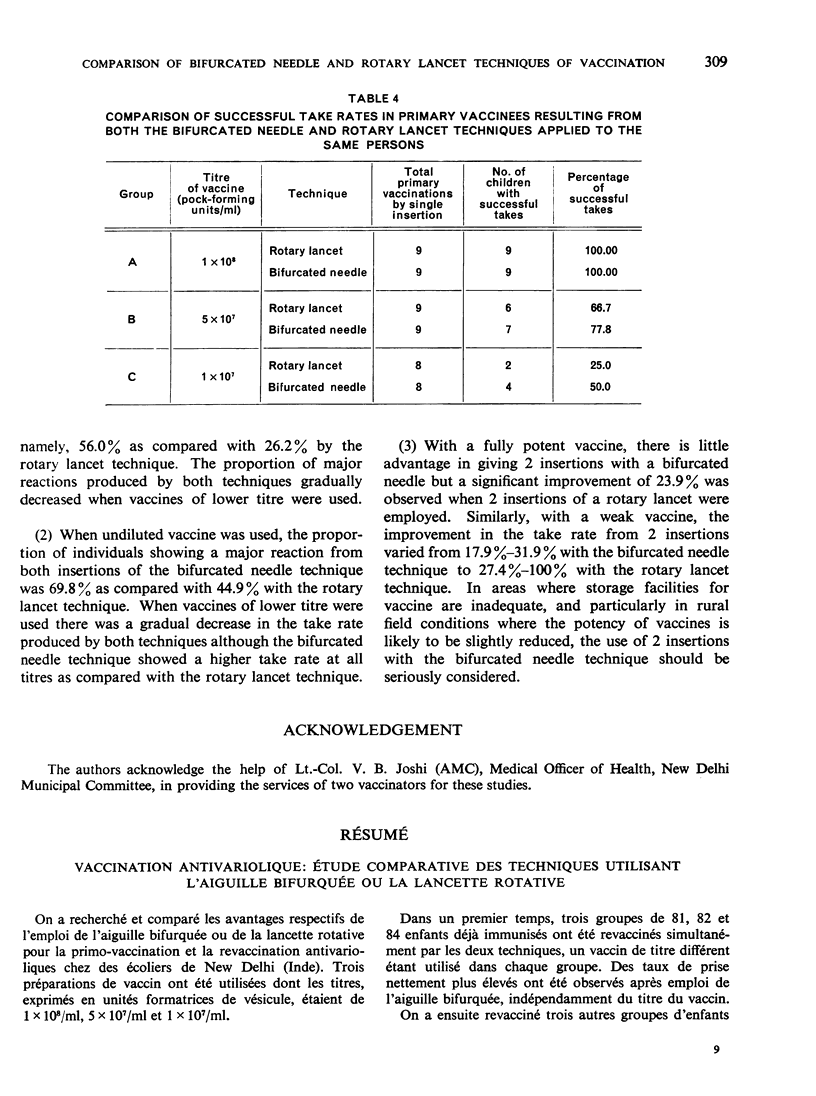
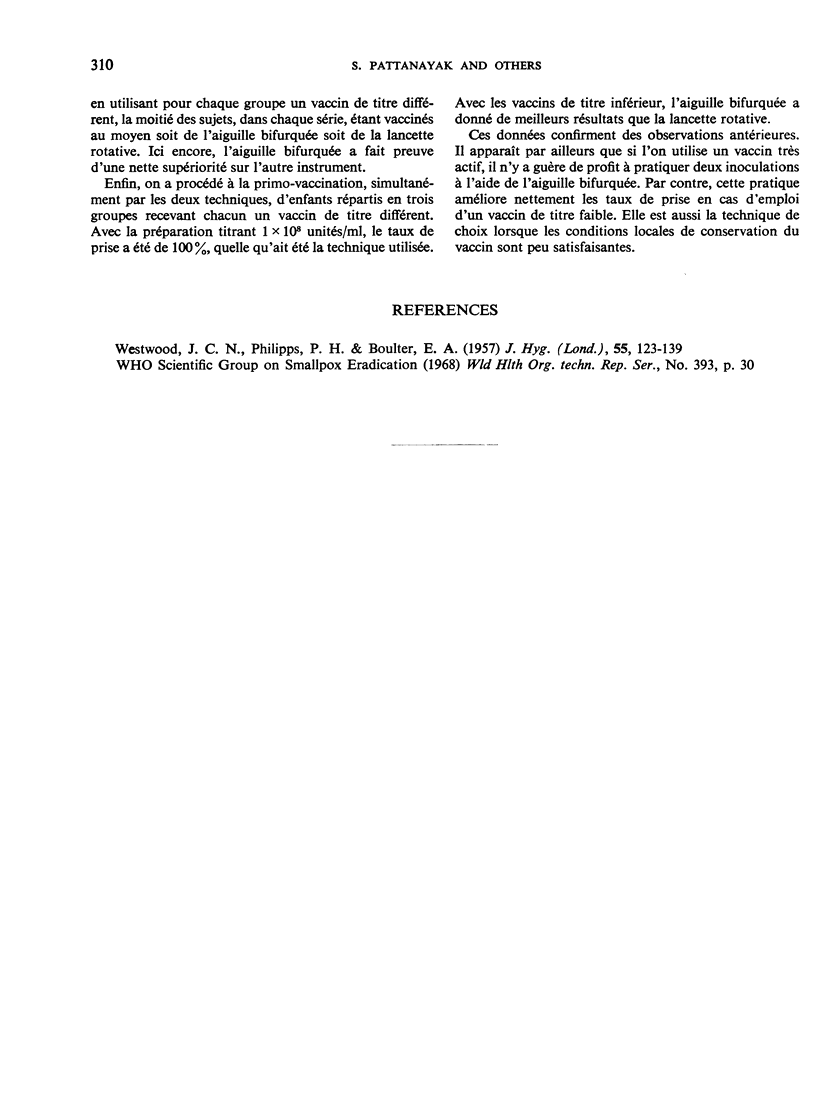
Selected References
These references are in PubMed. This may not be the complete list of references from this article.
- WESTWOOD J. C., PHIPPS P. H., BOULTER E. A. The titration of vaccinia virus on the chorioallantoic membrane of the developing chick embryo. J Hyg (Lond) 1957 Mar;55(1):123–139. doi: 10.1017/s0022172400061301. [DOI] [PMC free article] [PubMed] [Google Scholar]


